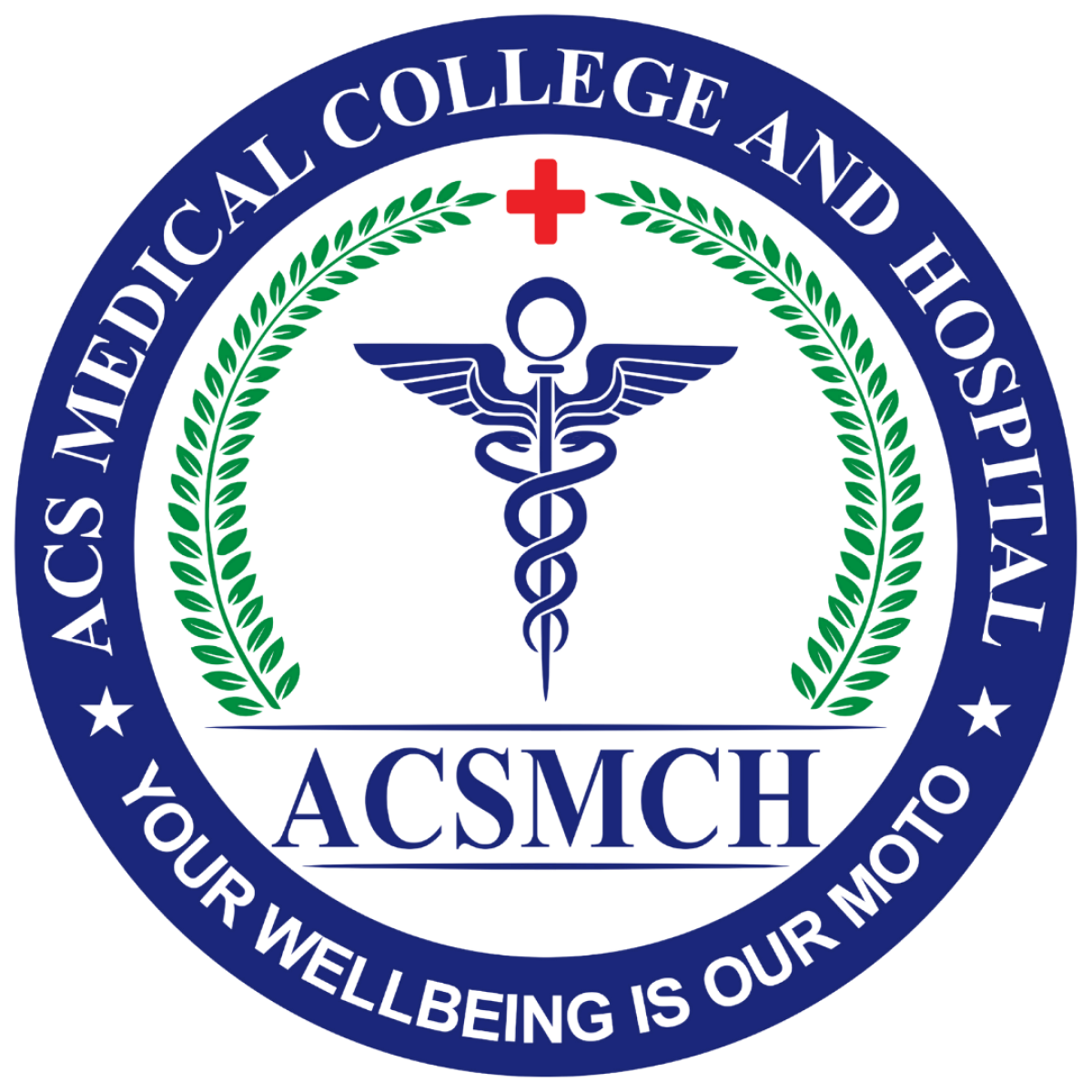Cancer treatment varies widely depending on the type, stage, location, and overall health of the patient. Here are some common cancer treatment options:
- Surgery: Removes tumors or cancerous tissues from the body. It’s often combined with other treatments to prevent recurrence.
- Radiation Therapy: Uses high-energy rays (like X-rays) to target and kill cancer cells. Radiation may be used to shrink tumors before surgery or eliminate residual cells after surgery.
- Chemotherapy: Employs drugs to destroy or inhibit the growth of cancer cells. It can be administered orally or intravenously and is often combined with other treatments.
- Immunotherapy: Boosts or modifies the body’s immune system to recognize and fight cancer cells more effectively. Examples include checkpoint inhibitors and CAR T-cell therapy.
- Targeted Therapy: Uses drugs or substances that target specific molecules or pathways that cancer cells use to grow and spread, minimizing damage to normal cells. This treatment is often used for cancers with identifiable genetic markers.
- Hormone Therapy: Slows or stops cancers that rely on hormones (like breast and prostate cancer) by blocking hormone production or action.
- Stem Cell Transplant: Replaces damaged bone marrow with healthy stem cells, usually after high doses of chemotherapy or radiation in blood-related cancers like leukemia or lymphoma.
- Precision or Personalized Medicine: Tailors treatment based on the genetic makeup of a patient’s cancer, allowing more targeted and effective interventions.
Complementary therapies like acupuncture, yoga, and dietary counseling may help manage symptoms and improve quality of life during and after treatment. Cancer care is highly individualized, and treatments often combine several approaches for optimal outcomes.
